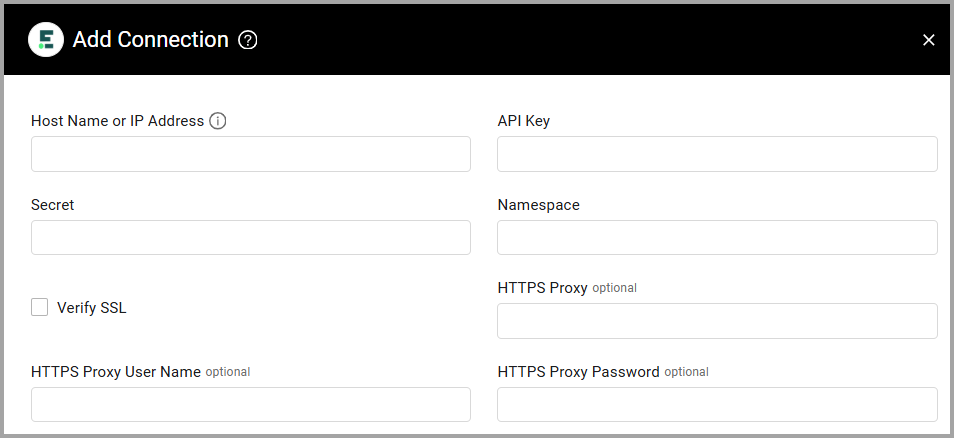Endor Labs
Endor Labs is a platform that provides software supply chain security and management solutions.
Asset Types Fetched
-
Vulnerabilities, SaaS Applications, Application Resources
Before You Begin
Ports
-
TCP port 443
Authentication Method
- API Key/Secret
APIs
Axonius uses the following APIs:
Permissions
To fetch findings from the Endor Labs API, the API token used must belong to a service account or user with the appropriate access scopes.
Required Permissions:
| Permission/Role | Description |
|---|---|
FINDING_VIEWER | Grants read-only access to all findings (SAST, SCA, Secrets) |
ORG_VIEWER or TENANT_VIEWER | (Optional) Grants cross-namespace visibility, if applicable |
REPO_VIEWER, PACKAGE_VIEWER | (Optional) Required to resolve parent asset relationships (e.g. RepositoryVersion, PackageVersion) |
Built-In Roles with Findings Access:
- Security Analyst
- Platform Engineer (in orgs focused on dependency/package scans)
- Any custom role with
Findings:Readpermissions
Where to Verify:
You can verify or assign these permissions in the Endor Labs Console:
Settings → Access Management → Service Accounts
Select the token in use and check its assigned roles or scopes.
Supported From Version
Supported from Axonius version 6.1.74
Connecting the Adapter in Axonius
To connect the adapter in Axonius, provide the following parameters:
Required Parameters
- Host Name or IP Address - The hostname or IP address of the Endor Labs server.
- API Key and Secret - The API Key and API Secret for an account that has the Required Permissions to fetch assets. For information on how to authenticate, see Authentication.
- Namespace - A way to organize organizational units into virtual groupings of resources. Namespaces must be a fully qualified name. For example, the child namespace of the namespace "endor.prod" called "app" is called "endor.prod.app".

Optional Parameters
-
Verify SSL - Select whether to verify the SSL certificate of the server against the CA database inside of Axonius. For more details, see SSL Trust & CA Settings.
-
HTTPS Proxy - Connect the adapter to a proxy instead of directly connecting it to the domain.
-
HTTPS Proxy User Name - The user name to use when connecting to the value supplied in Host Name or IP Address via the value supplied in HTTPS Proxy.
-
HTTPS Proxy Password - The password to use when connecting to the server using the HTTPS Proxy.
To learn more about common adapter connection parameters and buttons, see Adding a New Adapter Connection.
Updated about 10 hours ago
